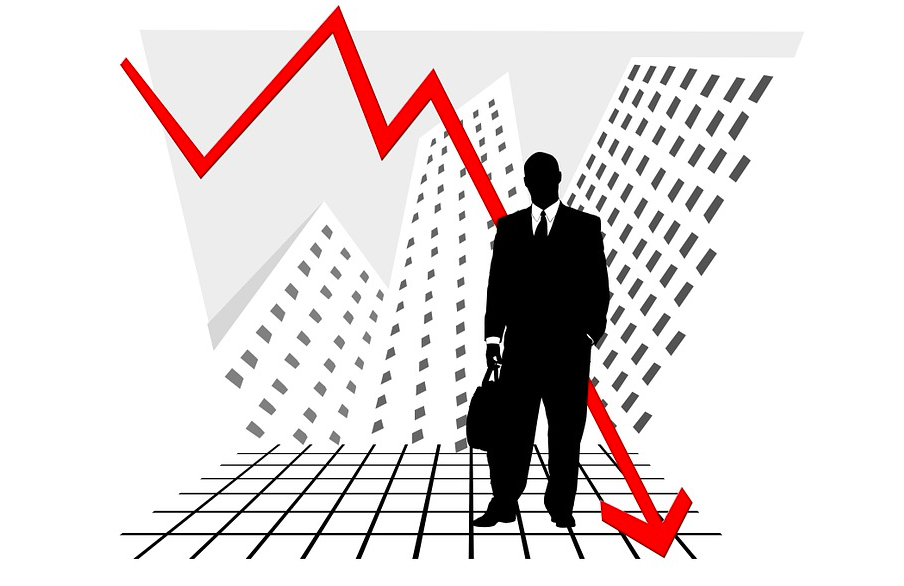
Despite being a powerful option for many small businesses, second-lien loans are often not well-understood.
Their worth has, however, been shown during the 2008-09 financial crisis as well as the economic downturn resulting from the recent COVID-19 pandemic in which small and medium-sized businesses (SMBs) have faced increasing difficulty with securing the necessary financing. With the tightening of regulations and criteria for extending credit, more loans tend to go to larger corporations.
The lack of cash flow, insufficient collateral, bad credit, and other factors typically serve as roadblocks barring SMBs from traditional financing. However, second-lien loans have emerged as one of the many forms of alternative financing that has enabled SMBs to sustain growth, make an acquisition, or expand their enterprise.
The alternative finance market in the U.S. is, in fact, the second-largest in the world. Second-lien loans offer a flexible and versatile way for SMBs to access the capital they need to grow or pay down senior or first-lien debt.
What Is a Second-Lien Loan?
Second-lien loans are those taken out by an SMB after it secures the first lien. Second-lien debt is also referred to as “junior” or “subordinated” debt, and it has a lower priority than first-lien debt. They cost less than other loans intended for securing capital and meeting growth initiatives.
As mentioned, these loans come courtesy of alternative lenders like business development companies (BDCs) — i.e., non-bank organizations that provide flexible terms for business owners who need the cash to overcome economic downturns or require capital to achieve growth.
Holders of second-lien loans might be secured on the first-lien assets or a different asset class or group. Under certain inter-institutional agreements, a lender or group of lenders (i.e., second-lien lender) agrees to hold a security interest or subordinated claim in collateral to be repaid after the first-lien or senior lender receives payment in full.
On the downside, interest rates for second-lien loans are usually higher than those applied to first-priority liens. Second-lien debt also comes with more risk, and it ranks lower than other high-risk loans should a business file for bankruptcy or go through liquidation. These subordinated loans might yield insufficient collateral in the event of a bankruptcy. Also, if a borrower defaults on a loan, the second-lien holder only receives a fraction of the amount for which the underlying assets sell after the first-lien holder gets full payment.
How Are Second-Lien Loans Structured?

The life of most second-lien loans is 12 to 36 months. This short period can allow businesses to position themselves financially to seek long-term capital or take advantage of other economic opportunities down the road.
Second-lien loans take many forms with varying terms. For example, some consist of high-yield bonds, and others are term loans. Also, lending can be based on assets, cash flow, or both.
Some SMBs take on second-lien debt to pay off or reduce first-lien debt or when they can’t find first-lien funding on their own. For these and other reasons, senior lenders typically hold a first-priority lien on a borrower’s assets.
To protect their interests, senior lenders might also require second-lien lenders to agree to a “silent second” lien, which is an arrangement a second-lien lender takes on, which includes reserving the rights of an unsecured creditor.
Why Have Second-Lien Loans Grown in Recent Years?
As previously mentioned, economic slowdowns in recent years have led many SMBs to seek rescue financing. Second-lien debt is often a feasible solution for smaller enterprises experiencing decreasing performance and rising interest rates, especially when getting financing from larger lenders seems out of reach.
Another reason for the rise is that second-lien lenders, such as non-bank financial institutions, specialized finance companies, hedge funds, and insurers stepped up to meet the demand. As a result, second-lien financing potentially provides a greater return on cash investment. In addition, with new borrowers, the market’s liquidity overall has improved.
When to Consider One for Your Business

During an economic downturn, such as the latest pandemic, securing capital can be difficult for companies of all sizes, but second-lien loans have become more attractive to SMBs. Moreover, with traditional banks operating under strict regulations, there’s never been a better time to seek second-lien lending.
Another reason to look into second-lien loans is when an SMB is facing an immediate need for low amounts of capital. Second-lien debt can also be a viable means of refinancing or making a significant purchase. Within the last few years, 40% of private creditors have provided credit to businesses with EBITDAs lower than $25 million.
Regardless of the current economy’s health, a second-lien loan can be an excellent option for any business that can’t secure the loan or type of financing it needs from a traditional bank or lender.
How To Find a Good Second-Lien Lender
Finding a quality second-lien lender isn’t necessarily tricky for SMBs who know what factors to consider. In light of the following requirements of a suitable lender, an SMB owner should think carefully about the needs a loan would meet and consider whether a prospective lender would be able to meet those needs.
Flexibility reflects the number of financing and repayment options a lender offers. Flexibility is essential because it’s one reason why SMBs seek second-lien loans in the first place. SMBS should also consider transparency when reviewing prospective lenders. Are they upfront about their terms, fees, and options? One common mistake that borrowers make is to focus on the interest rate and forget to inquire about additional fees.
Simplicity is another important trait. In other words, the lender should communicate in plain terms and be easy to work with. Lenders should also be able to work quickly. Prospective borrowers should find out how long it takes a prospective lender to process and approve a loan and distribute the funds.
SMBs with insufficient credit or low credit scores should look for lenders with no requirements for good credit. Although some lenders provide loans to SMBs with low credit scores, others require a minimum 650 FICO score. However, a proper lender will not always use poor credit to judge an SMB’s ability to repay. Instead, they may require that a business be in operation for at least two months and show gross monthly revenues exceeding $2,000.
Prospective borrowers should also get a sense of a lender’s level of support, particularly when it comes to customer service and how available they are to address borrowers’ needs and concerns. Finally, what is the lender’s approval rate? This figure could give insight into how supportive a second-lien lender is of SMBs.
Conclusion

Alternative lending is increasingly becoming accepted by conventional businesses and financial institutions alike. Many second-lien lenders receive backing from some of the most successful companies, allowing them to provide necessary assistance to SMBs that show growth potential. Second-lien loans give small and medium-sized businesses a chance to boost their growth, make necessary acquisitions, and pay down senior debt, even in challenging financial times.
Overall, support for SMBs is growing, and so are the lending options available to them. Smaller businesses have a choice when it comes to securing financing. Companies can review Saratoga’s investment profile to learn more about what they can offer with a second-lien loan.

